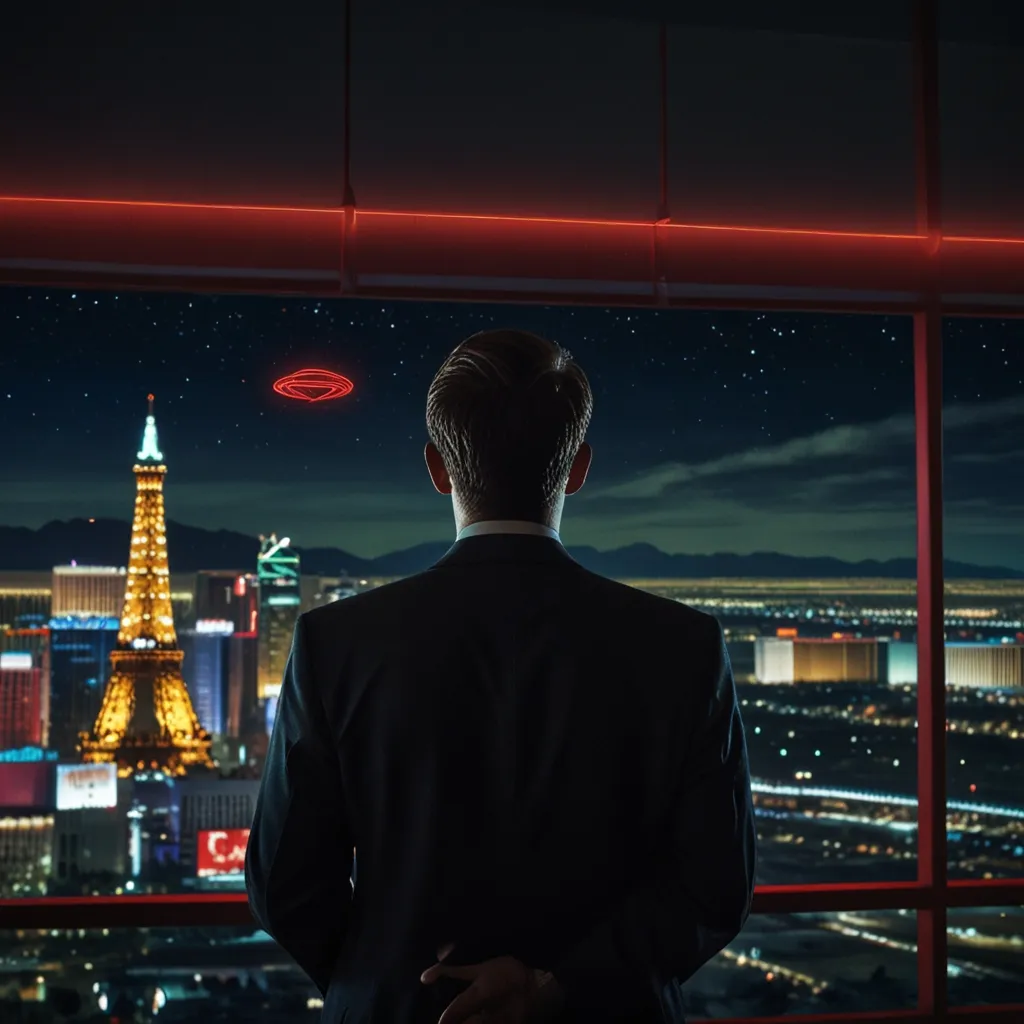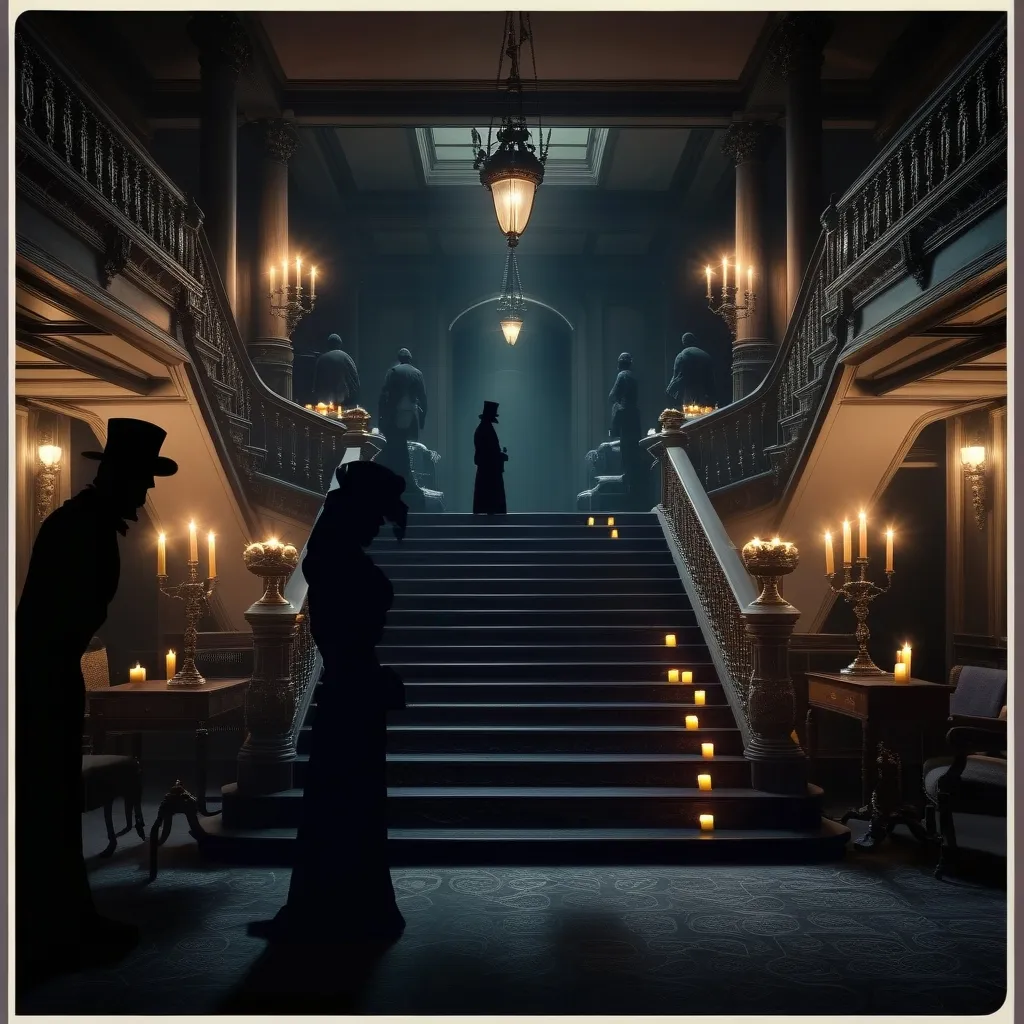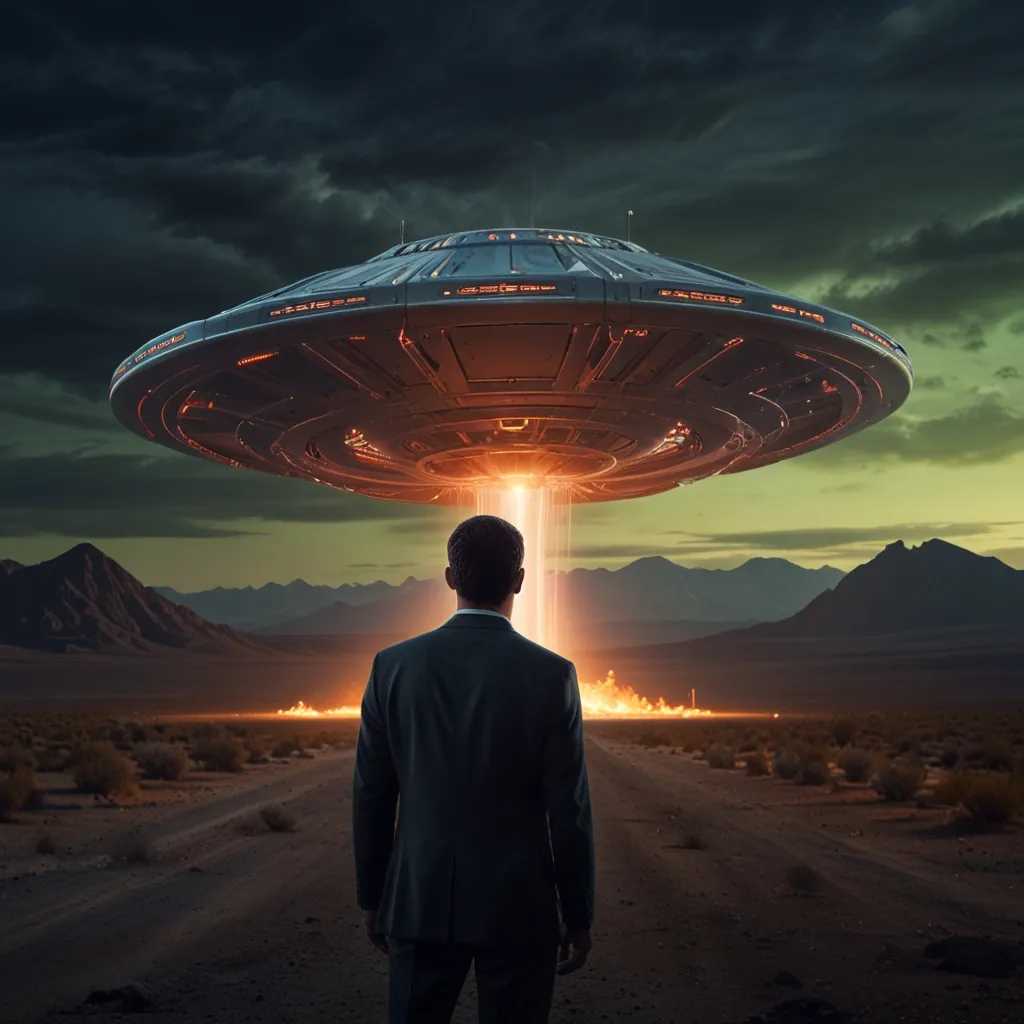In the realm of enigmas and cosmic mysteries, the tale of UFOs often tugs at the imagination, spinning webs of curiosity and skepticism. Enter the world of George Knapp, a veteran journalist who has spent decades unraveling the tangled yarn of UFO phenomena. His journey is not one scrawled in the annals of science fiction but etched in the pages of investigative reporting and relentless journalism.
Knapp’s fascinating story reaches a crescendo in the bombshell congressional hearings of July 2023, where UFOs—or UAPs as they’re now termed—once again seized the public spotlight. But for Knapp, this was a tale long in the making, a story he had pursued over his expansive career. The truth, or at least the relentless pursuit of it, is Knapp’s quarry, and his quest set the stage for one of the most embroiled topics of our time.
The seeds of Knapp’s odyssey were sown unwittingly when he moved from Northern California to Las Vegas. It’s a city that pulsates not just with lights and slot machines, but with secrets buried in the nearby desert sands. Knapp had been a man on the brink of change—a debate coach turned reporter—who stumbled into a newscasting life, eventually setting roots in this city famed for its bright lights and shadowy secrets.
Las Vegas, it turned out, was the perfect stage for what would become a cornerstone of Knapp’s journey—the infamous Area 51. The name itself evokes images of clandestine experiments and unearthly stories. Area 51 is not just a military base but a cultural touchstone wrapped in layers of government secrecy and public fascination. Knapp’s curiosity about this place and its possible extraterrestrial connections led him to uncover stories hidden from the public for decades.
His reporting initially focused on the mafia and organized crime, a natural interest given Las Vegas’s storied past. But the narrative soon shifted in a direction few could have predicted. The turning point came when Knapp met John Lear, a pilot with an impressive resume and an extraordinary tale of UFO cover-ups. Through Lear, Knapp found himself weaving through a network of sources and files revealing tales of otherworldly crafts and alien bodies supposedly hidden away by the government.
Lear introduced him to elements of the UFO phenomena that were, to say the least, mind-boggling. The federal government allegedly housed alien technology at Area 51, a claim that later aligned with the explosive accounts from individuals like Bob Lazar. Lazar, a figure now synonymous with Area 51 lore, spoke of working with extraterrestrial craft, propelling Knapp and his reporting into the stratosphere of public intrigue.
Knapp’s reports on Lazar’s allegations brought Area 51 into the living rooms of millions, fascinating and terrifying in equal measure. Was it all madness or a fleeting glimpse of hidden truths?
To say Knapp merely reported on these events does him a disservice. He dodged obstacles both governmental and editorial, navigating a world where not just facts but reputations hung in the balance. The tale was as dangerous as it was enthralling. If proven false, such stories could dismantle careers; if true, they would rewrite history.
For Knapp, the pursuit of the truth was relentless and involved a great deal of personal investment. This wasn’t just about UFOs or government cover-ups—it was about understanding the broader questions of existence and our possible place within a more extensive cosmic narrative.
Amidst the narratives of secretive flight tests and alien encounters, Knapp’s office was like a treasure trove of cosmic secrets. It brimmed with files and mysterious tidbits, much of which never saw the light outside its confines. There he sat, amidst this cascade of information, meticulously sifting through a mosaic composed of eye-witness accounts, government documents, and, on occasion, handmade tinfoil saucers sent by both true believers and hopeful hoaxers.
Friends, this exploration of the unknown isn’t just about seeking answers in the stars but about asking questions that engage the mind and spirit. What Knapp discovered—or what little he was able to uncover—was enough to keep alive an enduring mystery, one that still captivates millions around the globe. It is a story with tendrils just beneath the fabric of our understanding, waiting for that light to shine upon it more fully.
Through years of intrigue, from locales as varied as Congressional hearing halls to the barren expanse of desert roads, Knapp posed questions most would not dare ask. Despite the ridicule and skepticism he sometimes faced, he continued to unearth anecdotes of cosmic wonder and governmental secrecy. Maybe it’s the lure of the unknown or the subtle pull of finding our place in a universe far grander than our mundane realities.
Knapp’s story reminds us that sometimes the greatest journeys start with a step into the unknown. Now, as reports of UAPs and the possibilities they present linger on the fringes of mainstream acknowledgment, his work stands as a testament to the pursuit of truth in an era rife with questions. We may not have all the answers yet, and skeptics will always abound, but thanks to the groundwork laid by Knapp and his contemporaries, the conversation about what lies beyond our earthly realm continues.






